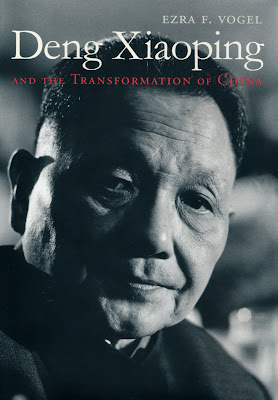Separating Genres?
In a library collections scenario, some patrons have requested that the library separate their LGBTQ+ and Urban fiction into its own spot. This situation has made many members of the staff uncomfortable, and I understand why. By separating them, it is almost like we're saying that those books are too different to be included in the main collection. While I understand the viewpoint from some readers of those genres that it makes the books easier to find, that is not necessarily a proper argument.
A great quote I read in this article comes to mind, from diversity advocate Vernā Myers: “Diversity is being invited to the party. Inclusion is being asked to dance.” By separating the books, how are those books supposed to dance with the others? How are patrons who have yet to discover the beauty of those genres supposed to find them unless they're included with the books they normally read? If we put them in their own section, some patrons may never find them because they might never venture over to a genre they don't read.
However, I understand how important it is for everyone to be able to find the books that they love with ease. Many times, I have had patrons ask where we keep certain genres, and I have to tell them that we organize by author, not by genre. It wouldn't make sense to start doing it with Urban and LGBTQ+ fiction. (Honestly, it might be a very bad idea to start separating genres with two that are dominated by members of marginalized communities.) To remedy the fevered genre search, many of our books have stickers on them for their genre (ex: Janet Evanovich has blue magnifying glasses for mystery, Karen Kingsbury has a sunrise for inspirational, Danielle Steel has a red heart for romance, etc.). In the same vein, we could begin placing stickers on the spines of LGBTQ+ books and Urban fiction.
Another option the library could explore is creating an Urban fiction or LGBTQ+ display during relative months. As Urban fiction is dominated by the Black American community, it could be a wonderful feature of a larger Black History Month display, with a corresponding informational sign sharing a short explanation of Urban fiction. Since many Urban fiction writers are self-published, it could offer a great opportunity for readers to expand their taste and support independent authors! Pride Month offers a great time for readers to explore an LGBTQ+ author display and allow new and seasoned readers to identify authors to remember when those books return to the stacks in July. The same goes for Urban fiction.
This is where readers' advisory becomes important. Urban and LGBTQ+ fiction readers are going to enter the library and approach your desk. They're going to approach my desk. We need to be proactive in taking steps to educate ourselves on these genres. Who are the big authors? Who are their read-alikes? What storylines and tropes are popular? If we don't make a habit of reading those genres, we can always ask the people who do (or dip our toe in the water to see if we like it). Laurel Tarulli had a great way of getting the point across back in 2018:
"We need to keep our eyes on the horizon, so that our readers can keep informed, work to better the whole person, and access literature that informs and provides pleasure. We need to continue to seek titles that let our readers relate to a protagonist or feel an emotional tug, escape, or captivation in a story... Our readers will continue to impact and inform our knowledge base while we enter into conversations that make all community members feel a sense of belonging."
- Gender, Sexuality, and Identity in Fiction: Suggesting New Titles to Make All Readers Feel Like They Belong (Reference & User Services Quarterly, Volume 57, Issue 4)


Hi Annaliese, I like your focus on the reader's advisory side of these genres. No matter where we shelve these books, we need to be familiar with them so we're ready when those readers come to our desk (or if we're ever part of the selection team). I also agree that displays are important. They are a great way to increase awareness of lesser known genres. Books are so much more likely to be pick up when featured on a display than tucked away on shelf.
ReplyDeleteI liked that quote a lot. I definitely don't know many titles or authors from these genres and am glad for the information I'm learning here. I also like the display idea especially having them part of relative months. I wish we could sticker them but there was a movement in my library system of not allowing genre stickers on material which makes no sense since they are so helpful.
ReplyDelete